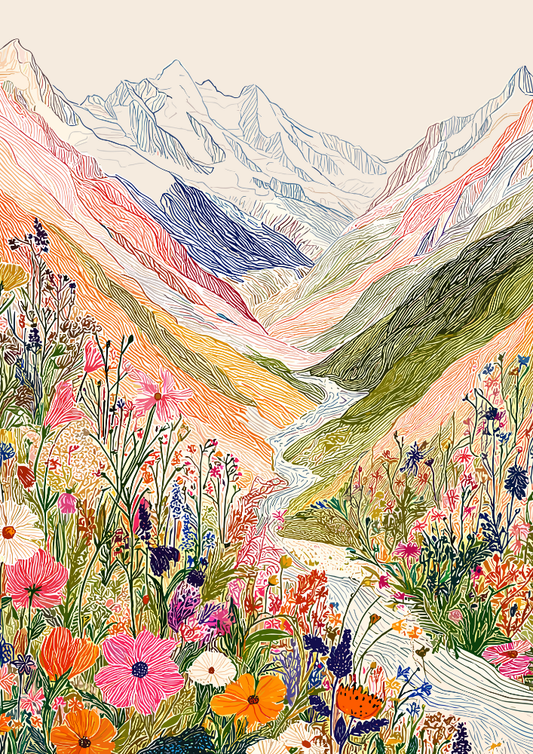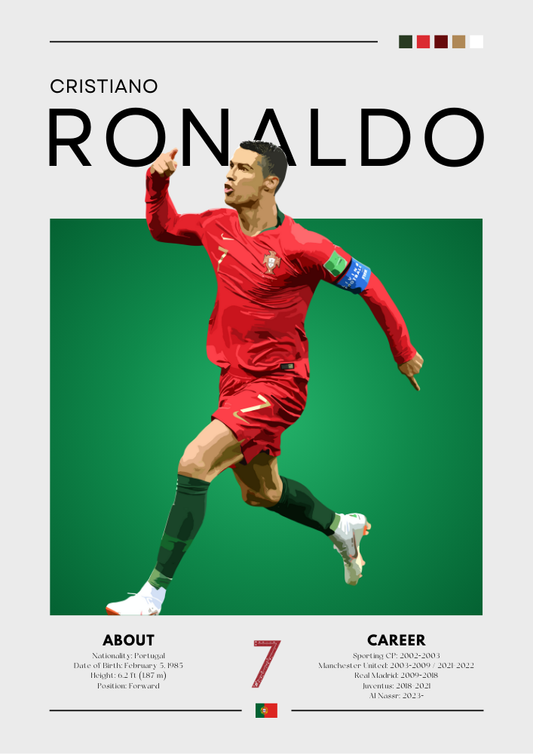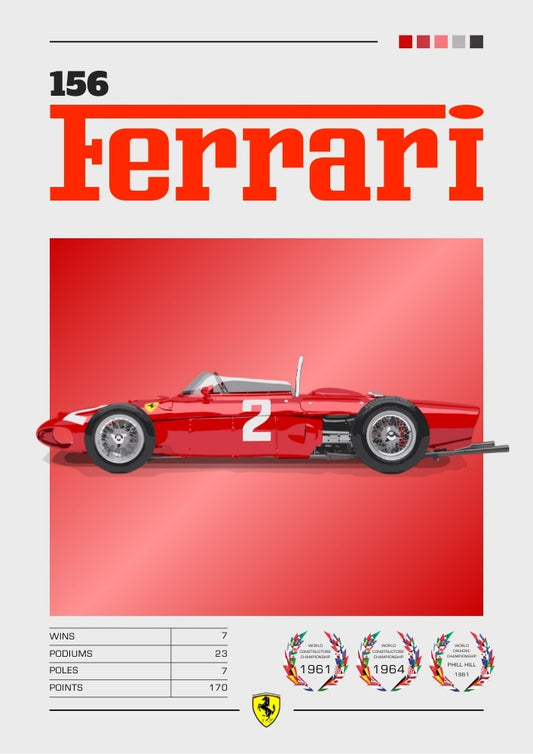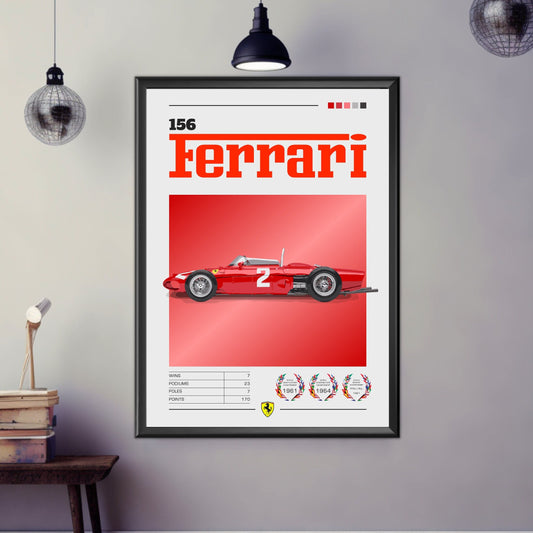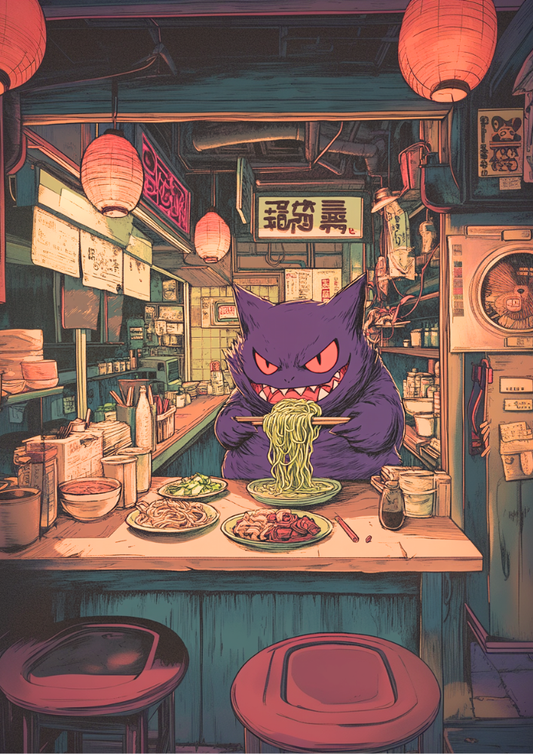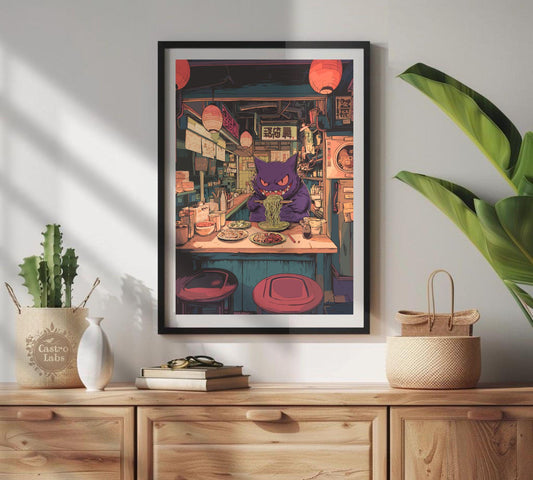
Who Designed Ash Ketchum? The Origins of Pokémon’s Iconic Hero
Share
When people think of Pokémon, the first images that come to mind are usually Pikachu and his long-time trainer: Ash Ketchum. For over two decades, Ash has been the human face of the Pokémon franchise, starring in hundreds of anime episodes, dozens of movies, and capturing the imagination of fans around the world.
But have you ever wondered: who actually designed Ash Ketchum?
The answer isn’t as simple as naming a single person. Ash’s creation is the product of multiple artistic minds, the influence of Pokémon’s creator Satoshi Tajiri, and even localization teams who gave him the name “Ash Ketchum.” His design has evolved over time, but his spirit, curious, adventurous, and determined, has remained constant.
Let’s dive deep into Ash’s origins, artistic influences, and how he became one of the most recognizable anime characters of all time.
1. The Original Designer – Atsuko Nishida
Ash Ketchum’s design began with Atsuko Nishida, a character designer and illustrator who played a major role in the early development of the Pokémon series. Nishida isn’t just known for Ash — she is also credited with creating Pikachu, the franchise’s mascot, making her work foundational to Pokémon’s worldwide success.
When it came to designing Ash, Nishida created a look that was simple, approachable, and versatile. Ash needed to be a character who could appeal to children while standing as a recognizable counterpart to the colorful and diverse Pokémon themselves. His cap, backpack, and fingerless gloves all contributed to a look that screamed “young adventurer,” embodying the idea that anyone could step into Ash’s shoes.
2. Oversight and Later Design Work
Nishida may have set Ash’s look, but she wasn’t the only one shaping his journey. Sayuri Ichishi oversaw the early design process, ensuring Ash fit the vision of the Pokémon anime. Her role helped refine his personality visually — making him look both relatable and heroic.
Later, during the Diamond & Pearl era of the anime, Toshiya Yamada contributed significantly to Ash’s redesign. Each anime series iteration, from Best Wishes! to Sun & Moon and Journeys, gave Ash a slightly updated look. These redesigns reflected changes in anime art trends, technology, and the need to keep Ash fresh for new generations of viewers.
In short, while Nishida laid the foundation, Ichishi and Yamada helped Ash evolve, keeping him timeless yet adaptable.
3. The Inspiration – Satoshi Tajiri’s Childhood
To truly understand Ash Ketchum’s design, you need to know about Satoshi Tajiri, the creator of Pokémon. Tajiri grew up fascinated with catching insects, an obsession that became the seed for the Pokémon concept itself.
Ash’s Japanese name, “Satoshi,” is a tribute to Tajiri. More than just a name, Ash represents Tajiri’s younger self, a curious child exploring nature, chasing bugs, and marveling at the world around him.
That’s why Ash isn’t portrayed as an overpowered hero or flawless character. Instead, he is a boy on a journey of growth, making mistakes, learning, and building bonds with his Pokémon. His design reflects a universal childhood dream: going on adventures with your closest companions.
4. From Satoshi to Ash Ketchum – Localization and Naming
When Pokémon was prepared for international release, localization teams faced the challenge of making Ash resonate with Western audiences.
-
“Ash” was chosen because it was one of the default names players could select for their trainer in the original Pokémon games. It’s short, memorable, and felt natural in English.
-
“Ketchum” is a clever nod to the series’ iconic tagline: “Gotta catch ’em all!”
Together, the name Ash Ketchum perfectly captured the spirit of the character, a young trainer destined to pursue the dream of catching Pokémon everywhere he went.
5. Ash and Red – The Game Protagonist Connection
Another piece of Ash’s design puzzle is his connection to Red, the protagonist of the original Pokémon Red and Bluegames.
While Ash is loosely based on Red, they aren’t identical. Red was meant as a blank-slate player character in the games, while Ash was designed to be a fully developed anime hero with his own personality, quirks, and relationships.
-
Red is more stoic, a symbol of the ultimate Pokémon trainer.
-
Ash is more emotional, expressive, and serves as a relatable point of view for young audiences.
This separation allowed Pokémon to thrive across both gaming and anime, giving fans two different yet interconnected heroes to root for.
6. Evolution of Ash’s Character Design
One of the fascinating things about Ash is how his design has changed over the years while still remaining instantly recognizable.
-
Original Series (1997–2002): The classic design, green gloves, blue jacket, and the iconic League Expo cap.
-
Advanced Generation (2002–2006): A sleeker look with a new hat and more detailed outfit.
-
Diamond & Pearl (2006–2010): Toshiya Yamada’s refined design gave Ash sharper features and a more mature style.
-
Best Wishes! (2010–2013): A younger, slightly cartoonish redesign to match a new animation style.
-
Sun & Moon (2016–2019): A radical change with rounder features, looser art style, and a lighter tone.
-
Journeys (2019–2023): A balance of old and new, modern yet familiar.
Each redesign reflected not only anime trends but also Pokémon’s evolving audience. Some fans preferred the sharper, mature Ash; others loved the playful, softer versions. Regardless, the changes kept Ash relevant for over 25 years.
7. Cultural Legacy
Ash Ketchum isn’t just a character, he’s a symbol of Pokémon’s core themes: friendship, perseverance, and adventure.
-
He represents the dream of exploration, always traveling to new regions.
-
His design emphasizes approachability, making him relatable to children worldwide.
-
He’s become an ambassador for the Pokémon brand, appearing in merchandise, films, and even inspiring fans to become trainers in real life.
Perhaps the greatest testament to Ash’s design is his longevity. Few anime characters remain relevant for multiple decades, but Ash has done so seamlessly, connecting generations of fans from the 1990s to today.
8. Conclusion – The Creative Minds Behind Ash
So, who designed Ash Ketchum?
The answer is a collaboration:
-
Atsuko Nishida created the original design.
-
Sayuri Ichishi oversaw and refined his early look.
-
Toshiya Yamada redefined him in the Diamond & Pearl era.
-
Satoshi Tajiri provided the inspiration, with Ash modeled after his own childhood.
Ash Ketchum is more than a character, he’s the human embodiment of Pokémon itself. His journey from a small-town boy with big dreams to a symbol of global adventure is a story shaped as much by his design as by the world he inhabits.
Celebrate Ash Ketchum with Pokémon Posters
For fans who grew up watching Ash chase his dream of becoming a Pokémon Master, there’s no better way to celebrate than bringing his world into your home.
At Brighton Posters, we have a full range of Pokémon posters, including Ash, Pikachu, and other fan-favorite characters. Whether you love the classic series or the newer designs, our collection lets you relive the magic of Pokémon every day.
👉 Explore the full range here: Pokémon Posters Collection
Perfect for bedrooms, gaming spaces, or as gifts for lifelong fans, these posters capture the spirit of adventure that Ash himself embodies.

